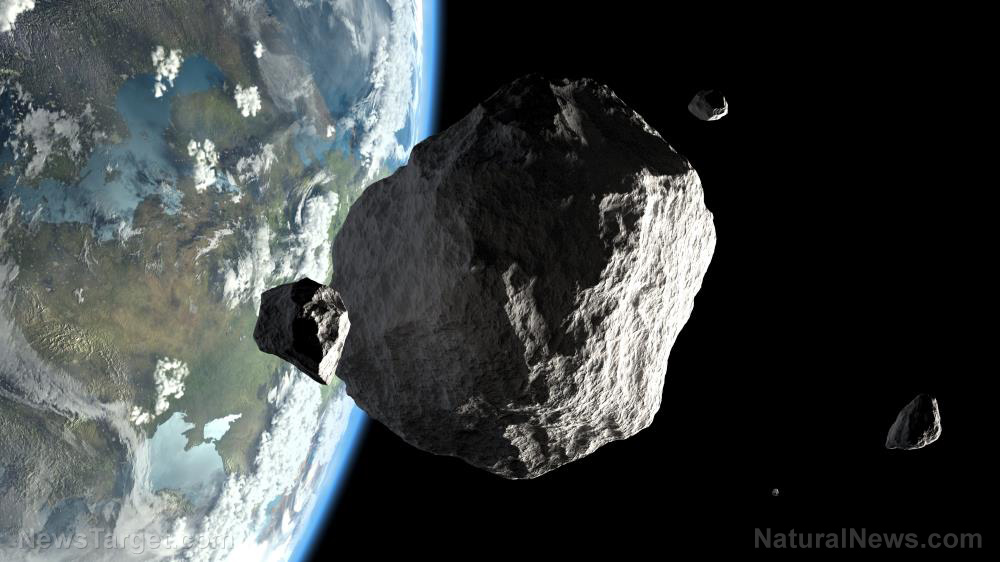
It should be interesting to see what details asteroid Florence is hiding. We can also use what we learn to measure the asteroid more accurately, track its rotation, and fine-tune its projected trajectory. Scientists don’t expect to find anything too incredible, but the face of the asteroid can tell us more about it, such as its formation and history.

Using radar imaging with NASA's Goldstone Solar System Radar in California and with the National Science Foundation's Arecibo Observatory in Puerto Rico, scientists will map out the asteroid’s surface in vivid detail, revealing objects as small as just 30 feet in length. They’ll be taking advantage of the event to study the asteroid in detail with ground-based observation equipment. The asteroid will be well within the orbit of geosynchronous satellites, according to the agency. ET Thursday and be 2,200 miles above the Earth's surface, NASA said. Related: Regarding asteroid collisions, size does matterīut even if this assurance doesn’t calm your nerves, you can bet space scientists are excited about the encounter. The asteroid, 2023 BU, will pass by the planet over the southern tip of South America around 7:27 p.m. This estimated passing distance is about 18 times farther away than the Moon, so if you have a phobia of the Earth being smacked by massive space rocks, then rest assured you’re going to be fine. Moreover, this is the closest Florence will have gotten to the Earth since the year 1890, and it won’t get this close again until around 2500. "Florence is the largest asteroid to pass by our planet this close since the NASA program to detect and track near-Earth asteroids began."įlorence is predicted to move past the Earth at a distance of 4.4 million miles away, and while that might sound far away on paper, it isn't much in astronomical terms. "While many known asteroids have passed by closer to Earth than Florence will on September 1, all of those were estimated to be smaller," said the manager of NASA's Center for Near-Earth Object Studies (CNEOS), Paul Chodas. The asteroid goes by the name Florence, and it’s one of the largest near-Earth asteroids that come within hair-raising distances of our planet every so often. While it sounds alarming when we put it that way, NASA assures all of us that the asteroid will harmlessly pass the Earth on September 1 st. The agency’s Infrared Telescope Facility on Hawaii’s Mauna Kea volcano is one of the telescopes that will be used to observe the asteroid.Don’t panic, but a massive asteroid more than 2.7 miles across is about to get up-close and personal with the Earth. During the flyby, they can refine details of the asteroid’s size and composition. “Amateur astronomers in the Southern Hemisphere and at low northern latitudes should be able to see this asteroid using moderate size telescopes with apertures of at least 8 inches in the nights leading up to closest approach, but they will probably need star charts to find it.”Ī close pass is a great chance for scientists to observe this leftover from the formation of the solar system. “The asteroid will be brightest while it moves through southern skies,” Chodas said.

If you have a telescope, you may be able to see the asteroid pass by, depending on where you live. NASA mission will zoom by asteroid before returning sample to Earth This illustration shows the OSIRIS-REx spacecraft departing asteroid Bennu to begin its two-year journey back to Earth.


 0 kommentar(er)
0 kommentar(er)
